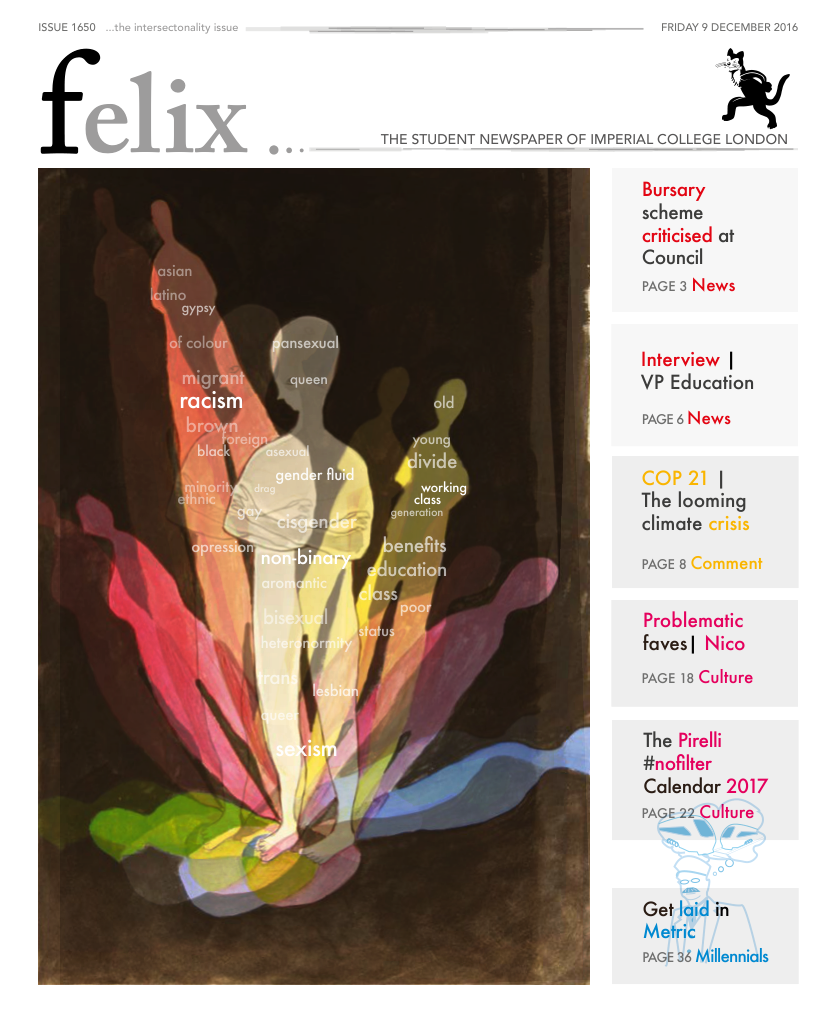Cosmic dust in your backyard
...
Of the many things you might have been sweeping off your balconies and terraces, cosmic dust particles could have found their way in your dust pan. Cosmic dust grains are minute particles measuring around 0.01 millimetres in size and are remnants from the time our solar system was born. They contain traces of minerals and analysing it can help scientists to solve the puzzle of how the entire solar system was formed.
Until now, scientists collected cosmic dust from the frozen areas around the ice caps and deep in oceans, as these places hardly experience the kind of terrestrial disturbance and pollution cities do. However, for the first time, Dr. Matthew Genge from Imperial College London, and his associate amateur researcher Jon Larsen from Project Stardust, Norway, have demonstrated that it is possible to collect cosmic dust particles in cities. The science duo went through the mammoth task of sifting nearly 300 kilograms of debris from rooftops of buildings in Paris, Oslo and Berlin. Using the magnetic properties of minerals found in the cosmic dust made it easier for them to separate it from dust of less extravagant origin.
Nearly five hundred cosmic dust particles were retrieved, and not only that, but they were also found to vary in size and structure from the ones previously recovered from Antarctica. The cosmic dust collected from the cities contained fewer feather-like structured crystals than those found in samples collected from Antarctica, that accumulated a million years ago. This change, the scientists say, is due to the slight shifts in the orbits of the planets over the last one million years. Though the changes in the orbits appear to be small, they cause disturbances in the gravitational forces exerted by the planets. This in turn changes the trajectory and the speed at which the cosmic dust particles whizz through space. As cosmic particles enter the earth’s atmosphere, they get heated up and changes occur in their shape and size. This helps in calculating the speed at which the cosmic dust particles travel. Genge and Larsen believe the cosmic particles they collected from the cities travelled at a speed of 12 km/s, making them the fastest particles on Earth.









